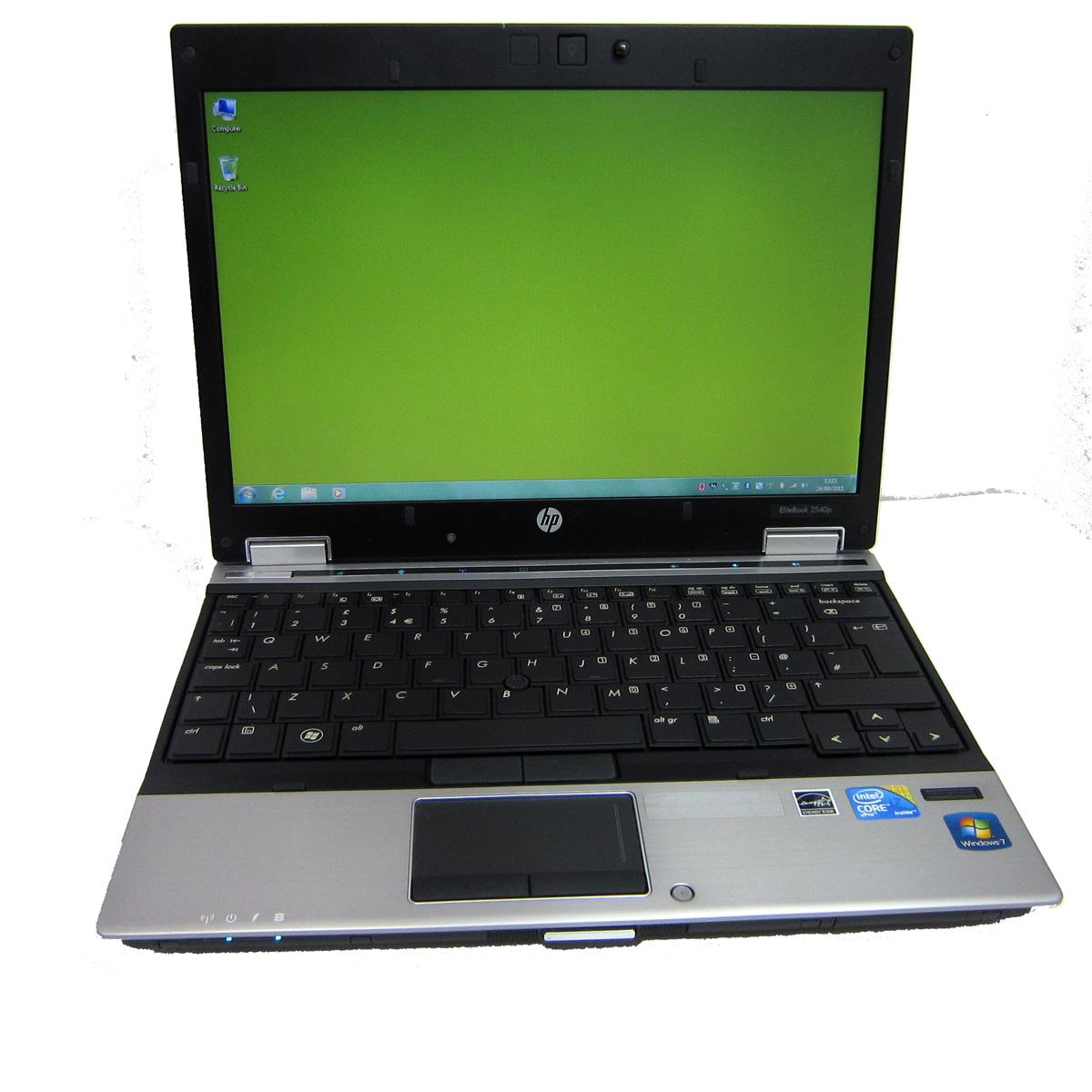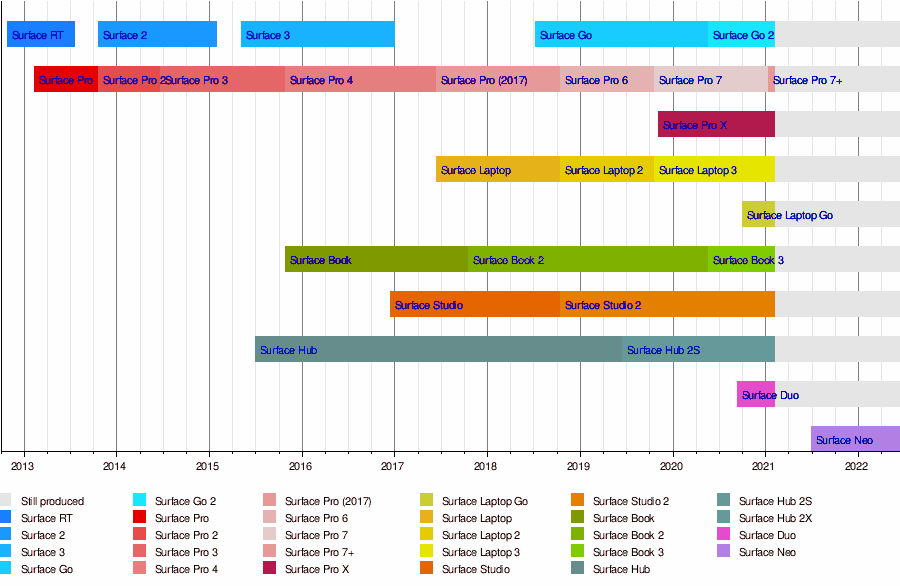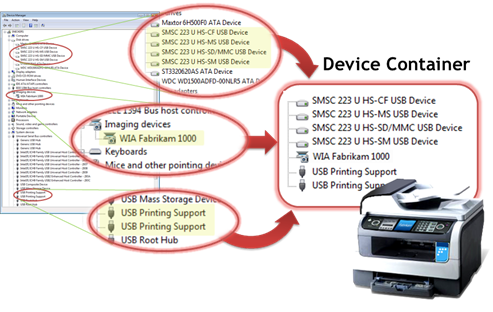- Microsoft® ODBC Driver 13.1 for SQL Server® - Windows, Linux, & macOS. The Microsoft ODBC Driver for SQL Server provides native connectivity from Windows, Linux, & macOS to Microsoft SQL Server and Microsoft Azure SQL Database.
- Your Canon account is the way to get the most personalized support resources for your products. Already have an account?
We make a device with embedded linux which presents itself via USB as a multifunction device (USB mass storage and network device). It uses a standard linux driver which presents vendor ID 1d6b (linux foundation) and PID 0104 (multifunction composite gadget) when it is plugged in to a USB port. Reinstall the device driver using the Hardware Update wizard. From Start, search for device manager and select Device Manager from the results. Right-click the device in the list. On the menu that appears, choose Update Driver to start the Hardware Update wizard. Reinstall the device driver manually. It's easy to use both from your desktop and on the go. Drivers serve to connect your printer and the device from which you use it. For that reason, an HP LaserJet M1005 Multifunctional Printer Drivers download can help you a lot. Easy installation. To install this driver package on your PC, open the file after you download it.
A multifunction device is a single adapter card that incorporates two or more separate functions (or subdevices). A multifunction device can contain two or more audio subdevices. It may also span device classes. A device containing audio and modem subdevices, for instance, belongs to both the media class and the modem class. For more information, see Supporting Multifunction Devices.
The WavePci port driver in PortCls places special requirements on multifunction devices. In particular, an adapter driver must provide a way to configure each subdevice so that it can be controlled independently of the other subdevices in a multifunction device. This can be accomplished by setting up the PCI configuration space for your multifunction device in one of two ways:



The preferred method is to assign a separate device ID to each logically distinct subdevice on your multifunction device. If your multifunction device contains modem, audio, and joystick subdevices, for example, the system should be able to represent each subdevice as an independent devnode in the device tree. The subdevice represented by each device ID has its own set of PCI configuration registers and is orthogonal to and independent of the other subdevices. For instance, enabling or disabling one subdevice (the audio subdevice, for example) should have no effect on any other subdevice (the modem, for example). This type of multifunction device requires no special hardware-specific driver support apart from the proprietary drivers for the subdevices themselves.
A second way to design a multifunction device is to assign a single device ID to the device as a whole and to provide separate PCI base-address registers (BARs) for the individual subdevices. In this scheme, the subdevices share a common set of configuration registers but each subdevice has its own BAR or BARs. The system multifunction driver (for example, Mf.sys on Microsoft Windows 2000 and later; see Using the System-Supplied Multifunction Bus Driver) can configure the base address for each subdevice's status, command, and data registers independently of the registers for the other functions. If your device's BARs are not logically separable by subdevice, you cannot use PortCls to manage your device.
The remainder of this section describes the steps necessary to implement approach (2) in the preceding list. The following topics are discussed:
Microsoft Multifunction Devices Driver Touchpad
-->If a multifunction PCI device conforms completely to the PCI multifunction standard, the PCI bus driver enumerates the individual functions. The PCI bus driver manages the fact that there is more than one function residing at a single device location. To the rest of the system, the individual functions operate like independent devices.

Vendors of a PCI multifunction device on an NT-based platform must do the following:
Microsoft Multifunction Devices Driver Windows 7
Ensure that the device conforms to the PCI multifunction specification.
Provide a PnP function driver for each function of the device.
Since the system-supplied bus driver handles the multifunction semantics, the function drivers can be the same drivers that would be used if the functions were packaged as individual devices.
Provide an INF file for each function of the device.
The INF files can be the same files that would be used if the functions were packaged as a individual devices. The INF files do not need any special multifunction semantics.
For example, the following figure shows the sample device stacks that might be created for a multifunction PCI device with ISDN and modem functions.
As shown in the previous figure, rather than enumerating one multifunction device, the PCI driver enumerates two child devices. The PnP manager treats each child device like a typical device, locating INF files, loading the appropriate drivers, calling their AddDevice routines, and so forth until a device stack is created for each device. The PCI driver arbitrates the resources for the child devices and manages any other multifunction aspects of the device. The vendor of the multifunction card provides function drivers and INFs for the ISDN and modem devices, just as if they were separate devices.
Microsoft Multifunction Devices Driver Installer
The illustration focuses on the function driver and bus driver for each function and their associated FDO and PDO. Any filter drivers (and filter DOs) are omitted for simplicity.
